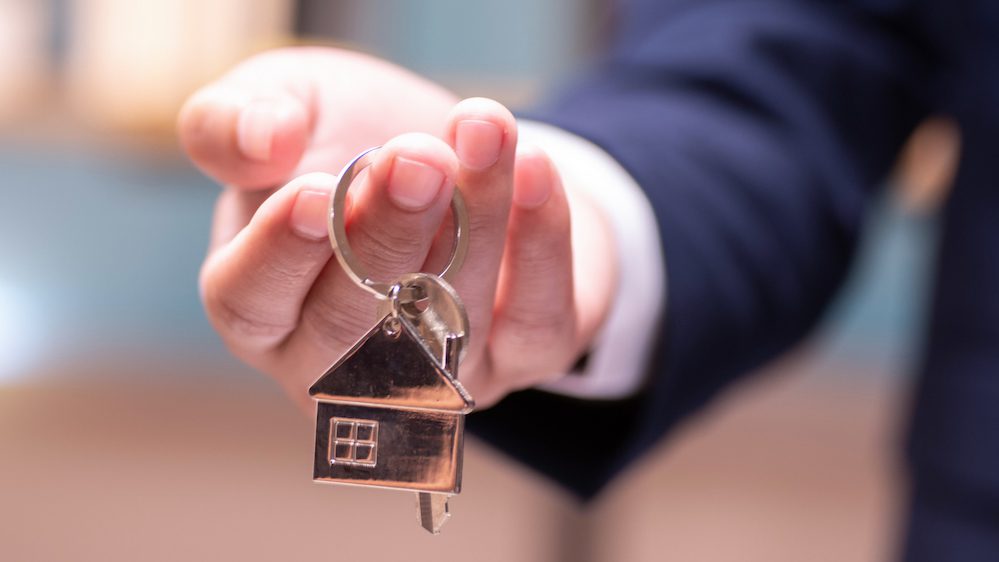
krisanapong detraphiphat/Getty Images
Existing-home sales hit their lowest level in a decade as the coronavirus pandemic continued to play havoc on the housing market.
Sales of previously lived-in homes plummeted 17.2%, to just 4.33 million transactions in April compared with a year ago, according to the seasonally adjusted numbers in a recent report from the National Association of Realtors®. They were down 17.8% from March as much of the country stayed home to help stem the spread of COVID-19.
“Sales are at the worst level in about a decade. But all things considered, it really could’ve been worse,” says realtor.com® Chief Economist Danielle Hale. “It’s not surprising given that everyone’s staying home.”
With nearly 39 million folks filing for unemployment since the crisis began two months ago and many parts of the country still prohibiting in-person showings, May and June could also be rough months for the housing market, she predicts.
“There’s a long lag time between when buyers are out shopping and a sale actually goes through,” Hale says. “I expect another couple of months of low sales. Later in the summer, we will see home sales bounce back as we recapture some of the momentum we saw earlier in the year.”
Sales of condominiums and co-ops were particularly down. They fell 31.6% in April compared with a year ago. Meanwhile, single-family home sales were down 15.5%—about half of the decline in the condo and co-op market.
“There appears to be a shift in preference for single-family homes over condominium dwellings,” NAR’s Chief Economist Lawrence Yun said in a statement. “This trend could be long-lasting as remote work and larger housing needs will become widely prevalent even after we emerge from this pandemic.”
In an ironic twist, home prices surged in April partly due to the crisis. Sellers pulling their homes off the market or holding off on listing their properties exacerbated an already severe housing shortage. And when there are more folks competing for a very limited supply of something, prices typically go up.
Plus, prices typically rise in the warmer-weather months, which is considered the peak buying and selling season.
The median existing-home price shot up 7.4% annually, to reach $286,800 in April. Prices were also up nearly 2.2% from March.
There’s evidence that demand is picking up again, despite high unemployment, which could lead to prices going up even more. The number of mortgage applications from home buyers was up nearly 41% from four weeks ago, according to the Mortgage Bankers Association. Mortgage applications were down only 1.5% from a year ago. (The association looked at data in the week ending May 15, and this included only purchase applications, not refinances.)
The regions hardest-hit by the virus saw the largest declines in sales. In the West, which includes California and Washington, the number of closings plummeted 27%. However, median prices remained high, rising 6.1% annually to reach $419,300 in April.
In the Northeast, which includes New York, the epicenter of the crisis in the U.S., sales dropped 18.2% in April compared with a year earlier. The median price was $312,500 in the region, an 8.7% annual jump.
Sales were down 16.8% in the South, where sales dropped 17.9% year over year.
Meanwhile in the Midwest, sales fell 8.3%—the least in the nation. The region also saw the largest annual price hikes, rising 9.3% to $229,200 in April.
“In the parts of the country that have seen the biggest hits from COVID-19, we see the biggest drops in sales,” says Hale. “In markets where we saw the most sales activity, we see the most price increases.”
The post Coronavirus Leads to Worst Home Sales in a Decade—What This Means for Buyers, Sellers appeared first on Real Estate News & Insights | realtor.com®.
